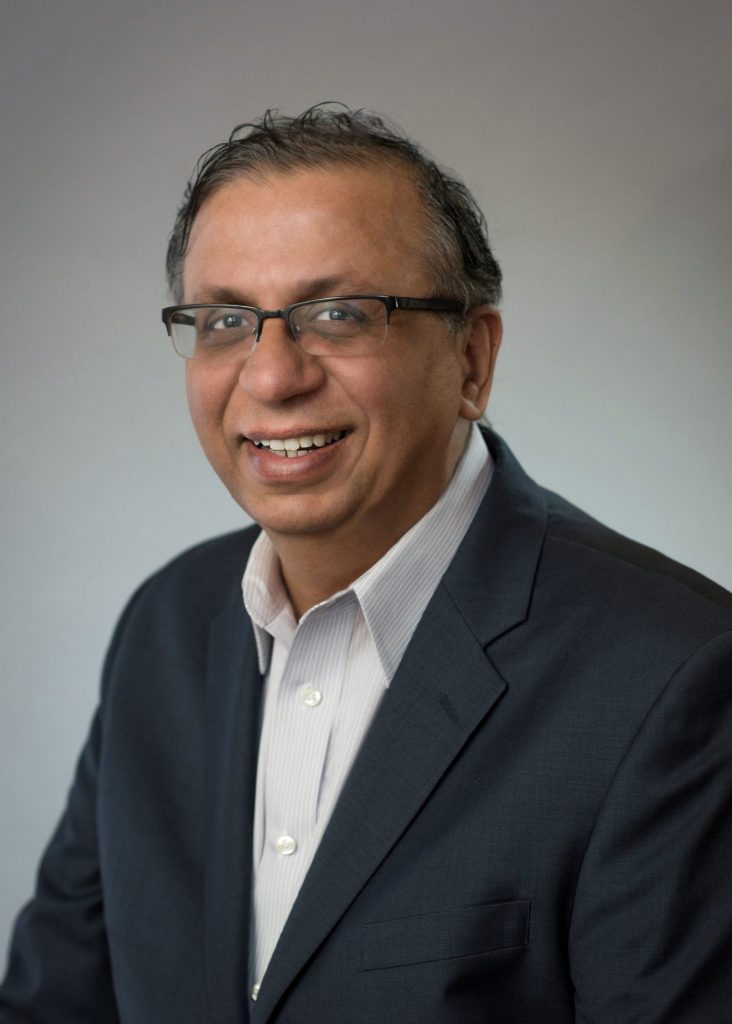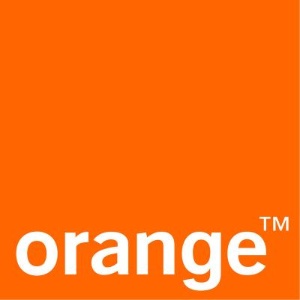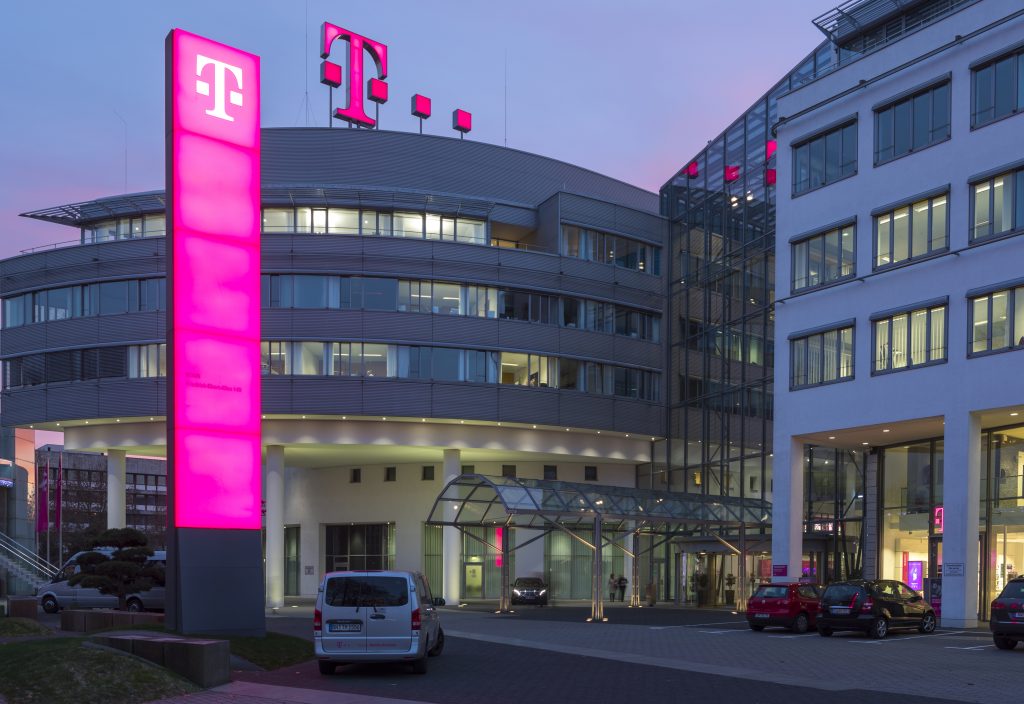Mavenir says it has spent US$500 million (€467 million) on radio access network (RAN) development so far, and expects wider business opportunities this year in the 5G space. Business technology journalist Antony Savvas takes a closer look at a challenger company in next generation, and open, mobile connectivity.
A name that keeps cropping up
Mavenir is a name that for a couple of years now has been scooping up network business among both telco heavyweights and smaller CSPs (communications service providers), so this is probably a good time to catch up with its latest developments in the “cloud-native” mobile network software scene, that it is making impressive strides in.
According to analyst house Dell’Oro Group, the top five global 5G MCN (mobile core network) vendors by revenue are Huawei, ZTE, Ericsson, Nokia, andMavenir. And it says the top four Open RAN suppliers by revenue are Samsung, Fujitsu, NEC, andMavenir.

The Texas-headquartered company raised a total of $250 million (€234 million) in funding last year to help extend its market reach. After the last funding round in October, Pardeep Kohli, president and CEO of Mavenir, said: “With Mavenir’s end-to-end, cloud-native, 5G software platform, we are uniquely positioned to drive the digital transformation of mission-critical mobile networks that is underway. We will continue to lead the 5G transformation by investing in disruptive products to accelerate innovation in mobile networks.”
O-RAN
Kohli is keeping to his word, as the firm has just launched its O-RAN Alliance-compatible Radio Access Network Intelligent Controller (RIC) to support easier Open RAN deployments. The O-RIC offering enables the creation of differentiated services through open APIs, which enable intelligent end-to-end network tuning to “optimise network performance, increase cost efficiency and maximise the user experience,” says the supplier.
O-RIC offers network intelligence as-a-service (NIaaS) that provides deep insights about the network and enables the building of “intelligent” solutions. Open RAN networks will be able to generate new class-of-service revenue streams, by “adaptively reacting in near-real time to dynamic changes in network, traffic and load patterns”. O-RIC is currently in deployment at “two Tier-1 CSPs”, Mavenir says.

O-RIC shifts control from the telco hardware/software vendor ecosystem to the operator, by delivering an Open API framework that allows the implementation of standards-based apps for different business outcomes, such as energy savings, traffic steering, massive MIMO optimisation, spectral efficiency improvements, and RAN slice assurance. Proprietary radio access solutions limit the choice to what the vendor has to offer. With Mavenir’s RIC, applications can be developed by an in-house team or purchased in an “app store” from any Open RAN-compliant third party.
CSP sign-ups
Prior to this product offering it had already been a busy few months for Mavenir, with a number of prominent deployments at CSPs.

Its Open virtualised Radio Access Network (Open vRAN) software has been deployed on Orange’s cloud infrastructure with NEC’s 32T32R mMIMO active antenna unit (AAU), to deliver “high capacity and enhanced coverage”. Interoperability between radios and virtualised Distributed Units (vDUs) over the O-RAN Alliance Open Fronthaul Interface is key to Open RAN’s ability to simplify the deployment of multi-vendor networks and eliminate vendor lock-in.
The technologies have been deployed at the Orange Gardens campus in Châtillon near Paris, and are part of the extension of project Pikeo, Orange’s cloud-based and fully automated 5G SA (standalone) experimental network.
“Our Open RAN Integration Centre, open to our partners worldwide, contributes to the development of a strong Open RAN ecosystem in Europe,” says Arnaud Vamparys, senior vice president of radio access networks and microwaves at Orange.
Over at Deutsche Telekom, Mavenir has deployed software applications to run on the telco’s hardware and the existing Kubernetes-based platform driving its German business, ensuring an open architecture approach.

As part of the deployment process, Mavenir’s Converged Packet Core was integrated with Telekom’s existing multi-vendor access network and other system components. The Converged Packet Core supports data, voice and messaging services and network slicing, with the initial slicing use case being focused on live video broadcasting.
The solution is based on automated software delivery and network upgrades. This will allow new Converged Packet Core services with all the required network functions to be deployed “in minutes” by using the automation framework of Deutsche Telekom. It is said to be less prone to the human errors that come with manual testing and deployment.
Abdurazak Mudesir, group CTO at Deutsche Telekom, says: “The deployment of a cloud native standalone (SA) core marks a key milestone in the evolution of our 5G architecture. This sets us on a path towards a fully automated network with the reliability, massive scale and flexibility required to deliver innovative 5G SA services to our consumer and enterprise customers.”

Mavenir has also struck a useful deal with Google Cloud, integrating its Open RAN 5G solutions with the provider’s public cloud infrastructure. It will allow CSPs to deploy its 5G products and applications with Google Cloud’s scalable infrastructure, container deployment, management technologies, and big data analytics services.
By offloading parts of standard telecom application operations to cloud functions, the offering should reduce complexity and costs for CSPs, without losing insights, performance and network control.
“By combining Mavenir’s expertise in Open RAN, 5G Core and IMS (IP Multimedia Subsystem) with Google Distributed Cloud Edge and global infrastructure, we look forward to providing cloud-native solutions that improve agility, scale, slicing and resiliency for our CSP customers,” says Amol Phadke, general manager for global telecom industry at Google Cloud.
And just last week, Ice Communications, Norway’s third largest mobile operator, announced the deployment of Mavenir’s Converged Packet Core to support 4G, 5G non-standalone (NSA) and 5G SA network capabilities for its network.

The roll-out of new and innovative 5G services, over and above just faster ones, is the key target for most major telcos this year. Mavenir, a relatively new kid on the block, brought together by private equity by merging together different companies, is certainly doing its bit to make it happen.
The author is Antony Savvas, a global freelance business technology journalist.
Comment on this article below or via Twitter: @VanillaPlus OR @jcvplus






